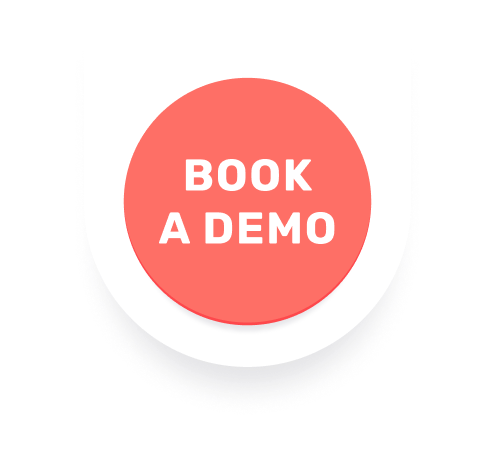In today’s modern business world, data is the key to success. As Susan Wojcicki, former CEO of YouTube, once said, “Data is the new oil. It’s the most valuable asset companies have.” But like oil, it first has to be extracted and then refined. This can be a complex challenge given the vast amount of data that exists everywhere today. However, recent technological advancements have made this ability accessible to all roles within an organization—whether for managers, HR teams, or BI and data management teams.
In the field of human resources, the practice of collecting human capital and organizational data and transforming it into actionable insights that enhance employee performance and business outcomes is called People Analytics. This is a segment of Business Intelligence that focuses on the organization’s human capital.
The Contribution of People Analytics
The value of People Analytics comes from its ability to provide business insights from human capital data, directly impacting organizational performance. Data-driven management is one of the key advantages of this field. For example, organizations can more accurately identify, develop, and retain their top talent. Moreover, with advanced machine learning models in HR, it’s possible to predict which employees are at risk of leaving and take proactive measures to retain
Where to Start?
Implementing People Analytics in your organization can be a straightforward and rewarding process. It all starts with understanding your organization’s unique needs. What are the key questions you want to answer? Perhaps you’re wondering how to improve employee retention or how to identify future leaders?
Once you’ve defined the key questions, the next step is to review the data you already have. Many managers are surprised to find out how much valuable information is already available within the organization’s existing systems. Payroll systems, employee files, and satisfaction surveys are all excellent sources of data.
The exciting part is turning the data into meaningful insights. This can start simply—even with a spreadsheet and a few charts. Over time, you can progress to more advanced tools that help you see the bigger picture more easily.
Don’t feel like you need to become a data engineer overnight. There are user-friendly tools available that can help you get started, and as you gain experience, you’ll feel more comfortable with the data. The secret is to start small. Choose one project—perhaps improving the recruitment process—and focus on it. As you see results, you can expand the use of People Analytics to other challenges.
Remember, you’re not alone in this process. There are experts who can guide you every step of the way, helping you understand your data and get the most out of it.
Ultimately, People Analytics is designed to help you make better decisions for your employees and your organization. It doesn’t have to be complicated or intimidating—it’s an opportunity to discover new insights and move your organization forward.
Ready to begin your journey into the future? We’re here to help every step of the way. Contact us today, and we’ll turn your data into a powerful tool for human capital management that , yields business results.



